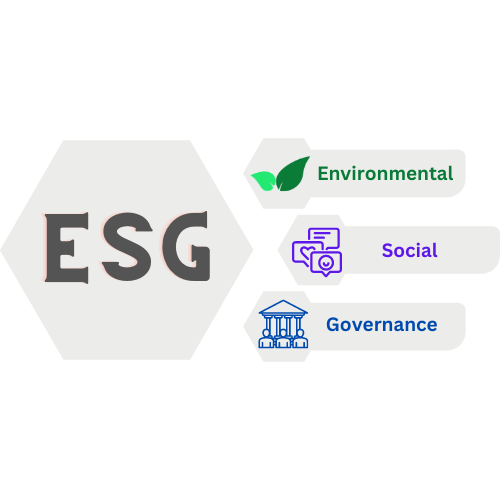Goals with Jute
Jute can help achieve a majority of Greening and Sustainability Goals.
Aligning with United Nations'
Sustainable Development Goals (SDGs)

The jute industry offers employment opportunities that increase prospects for self-sufficiency and economic empowerment.

When poverty declines, hunger declines as well. Jute is grown in crop rotation. No pesticides or fertilizers are needed and jute makes the land rich. Thus, more food is produced.

Jute helps artisans and farmers by increasing their daily income.

Workers in the Jute industry have better earnings to be able to give proper education to their children.

Jute artisans are mostly women leading to more women empowerment.

Jute composites in vehicles make them lighter and more sustainable. They can be made at least 30 % lighter than glass-fiber and will help out to lower the weight of the electric vehicles (EVs)

Ethical practises, appropriate pay, and favourable working conditions pave the path for decent work and economic growth.

Equality in gender, race, belief, age, and disability exists in the jute industry and the factories.

Jute is arguably the most environmentally friendly substance on earth, and it encourages better and greener decisions. Jute is a viable option for a circular economy.

Given the difficulties posed by climate change, Jute helps in reducing and adapting the effects. One hectare of jute plants consumes about 15 MT CO2 and liberates 11 MT of O2.The most practical crop to plant during the rainy season is jute.

Jute plays a vital role in lowering plastic pollution by eliminating single-use plastic bags harming the sea life.

Jute is extremely eco-friendly and sustainable. When growing in a crop rotation, neither fertilizers nor pesticides are necessary. Compared to crops like Tobacco which is highly harmful for the soil, jute is a great choice.

By establishing cooperative networks and feasible projects, we may jointly establish sustainable partnerships and accomplish green goals with Jute and it’s products.
Environmental, social, and corporate governance (ESG)
A framework that helps stakeholders understand how an organization is managing risks and opportunities related to environmental, social, and governance criteria.
Jute and its products can very well resonate with environmental responsibilities, social consciousness & governance transparency, that is, ESG.
ESG is significant now because it offers a framework to make more sustainable decisions and this rating for companies can provide a high value. Green living goals are to live a life which is sustainable, socially & environmentally, and to preserve the planet for the future generation.

Greening Government Strategy
Countries like Canada have undertaken a Greening Government Strategy. This is to help Canada take action on climate change. There will be a transition to net-zero carbon and climate-resilient operations step by step. The government will aid the transition to a net-zero, circular economy.
There are four key focus areas, one of which is the procurement of goods and services. Jute goods like bags for agriculture and industrial use, and burlap wrap for trees during the winter for protection can be more widely used.
